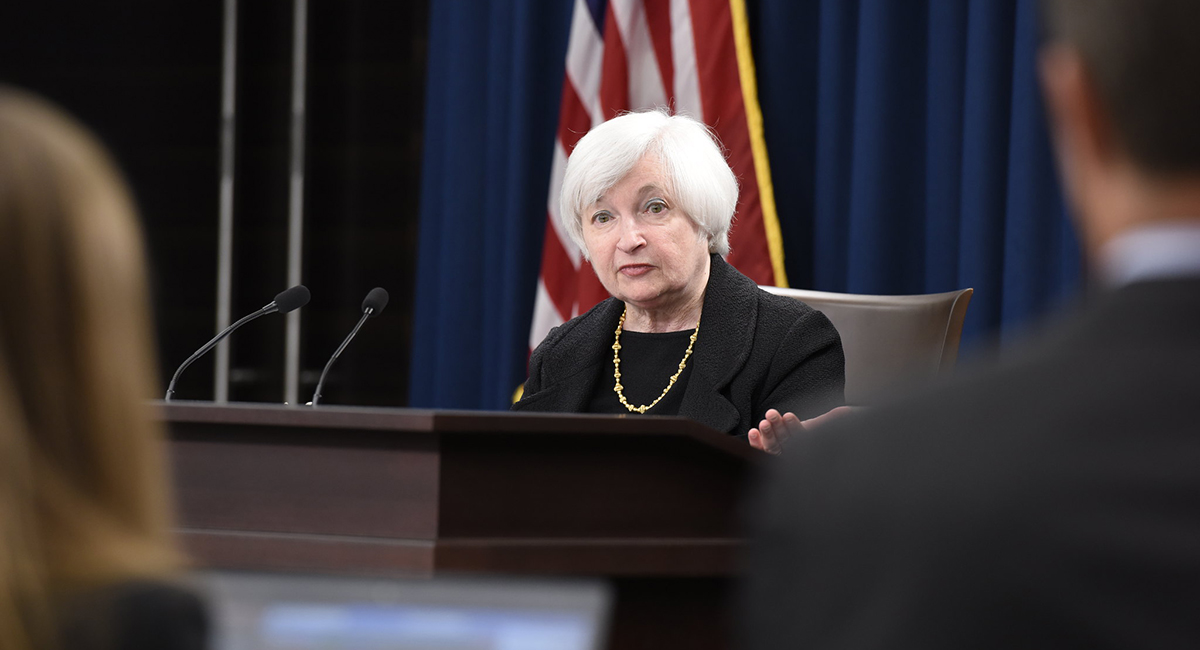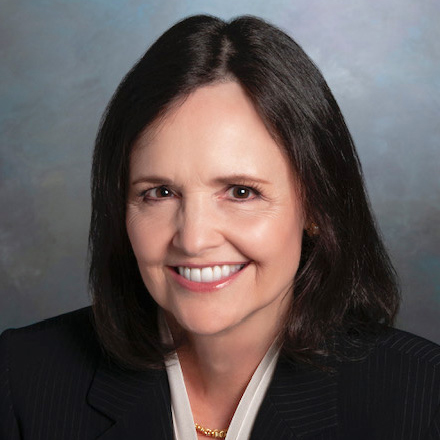In case you didn’t get a chance to watch Fed Chair Janet Yellen’s televised press conference last Thursday, the reason the Federal Reserve decided not to raise interest rates this month is because there are “heightened uncertainties abroad” that could affect U.S. growth prospects. Plus, inflation is too low.
So maybe the Fed will start raising interest rates in October. Or maybe it will raise in December—assuming those global uncertainties have somehow been alleviated and inflation is suddenly ratcheting upward. Then again, it could be next year before the Fed’s monetary policy committee members deem it prudent to initiate “liftoff” after seven years of keeping interest rates near zero.
It all depends—or as Fed officials like to say, the decision will be “data dependent.”
At least, now you know what to expect. So you can move confidently ahead in making your own personal financial plans. No? Too bad, because that’s all the forward guidance you’re going to get. Should you go ahead and take out that home mortgage you were considering? Would it make sense to consider shifting a portion of savings out of your bank account into something that promises a higher return? Good luck with that.
And by the way—if you weren’t glued to one of the cable business news channels last Thursday, you’re probably not very wealthy. All the people with enough money to be invested in stocks or bonds were watching anxiously for the release of the Fed’s official monetary policy statement: Would they raise interest rates or stand pat? Billions in profits stood to be instantly pocketed by market players who guessed right. Sophisticated investors stayed tuned to see how this latest Fed feint would play out through equity and credit markets as Yellen responded to follow-up questions from savvy reporters.
“We recognize that there has been a great deal of focus on today’s policy decision,” the U.S. central bank chief acknowledged. Citing recent volatility in financial markets related to concerns about growth in China and other emerging markets, she explained that the Fed’s policymaking committee needed to “wait for more evidence” about how such developments could impact U.S. economic activity. After all, Yellen said, there are “significant economic and financial interconnections between the United States and the rest of the world.”
But just a few sentences later, the Fed chief seemed to obviate the importance of global market turmoil in the Fed’s deliberations. “Now, I do not want to overplay the implications of these recent developments, which have not fundamentally altered our outlook,” Yellen declared. “The economy has been performing well, and we expect it to continue to do so.”
When a reporter asked whether the Fed itself might be contributing to those heightened uncertainties that now seem to be factoring into the decision on when exactly to begin normalizing interest rates after such a prolonged period of unprecedented monetary stimulus, Yellen responded: “I think the main drivers of the turbulence have been concerns about the global outlook, that’s how I read it. But I know that, of course, there is uncertainty about Fed policy.”
You think?
There is most certainly a great deal of uncertainty about Fed policy, even among the monetary policy experts—in fact, especially among the monetary policy experts. In early August, 82 percent of economists surveyed by The Wall Street Journal predicted that the Fed would start raising interest rates in September; a month later, it had become a close call, with 46 percent saying that liftoff would start in September, roughly 10 percent saying it would begin in October, another 34 percent saying it would be December before rates were increased and the rest dismissing any action until 2016.
Now the fun begins all over again as these calculations get recalibrated based on the latest utterances and inferences of the 10 people who exercise total discretionary authority in deciding when and how to raise interest rates, i.e., the voting members of the Federal Open Market Committee (FOMC). Among the first set of tea leaves to be interpreted are the revised growth estimates of Federal Reserve officials themselves: In June, they had projected that the economy would grow annually from 2 percent to 2.3 percent over the long run, but now they estimate annual long-run economic growth between 1.8 percent and 2.2 percent.
This grim prognosis can only exacerbate the potential for stray remarks by FOMC members to cause further disruptions and alarming swings in financial markets. No wonder every comment on monetary policy is dissected in excruciating detail; no wonder the minutes of past Fed meetings are obsessively gleaned for any potential insights into the thinking of U.S. monetary officials. With so much money to be made by deftly gaming market fluctuations, it pays to pay attention.
But if ambiguity over the future path of interest rates offers up a speculator’s paradise for those who can grab quick profits by trading derivatives and currencies, it makes life considerably harder for people who must function in the real economy. Banks are reluctant to finance consumer purchases or make small business loans when the future path of interest rates cannot be ascertained. Would-be entrepreneurs can scarcely put forward credible plans for new ventures when the cost of capital won’t be known until the next FOMC meeting—or the one after that, or the one after that.
By perpetuating uncertainty over interest rates, the Fed is paralyzing economic growth. It is quietly killing off the animal spirits—confidence in a better future, the willingness to work for it—that form the vital wellspring of productive endeavor. For a society that believes in both the efficiency and morality of free-market capitalism, there is no more important price than the price of capital: What does it cost to borrow the financial seed corn today that will yield a greater shared harvest tomorrow? The interest rate is a measure of our trust in the basic principles of economic liberty and free enterprise that have brought America this far; that it now depends so inexorably on the private deliberations of a small committee rather than the free interplay of supply and demand for capital should give us pause.
Under the shadow of a central bank with such vast powers, the prospects for the continued viability of democratic capitalism seem to be dying along with the outlook for economic growth.









